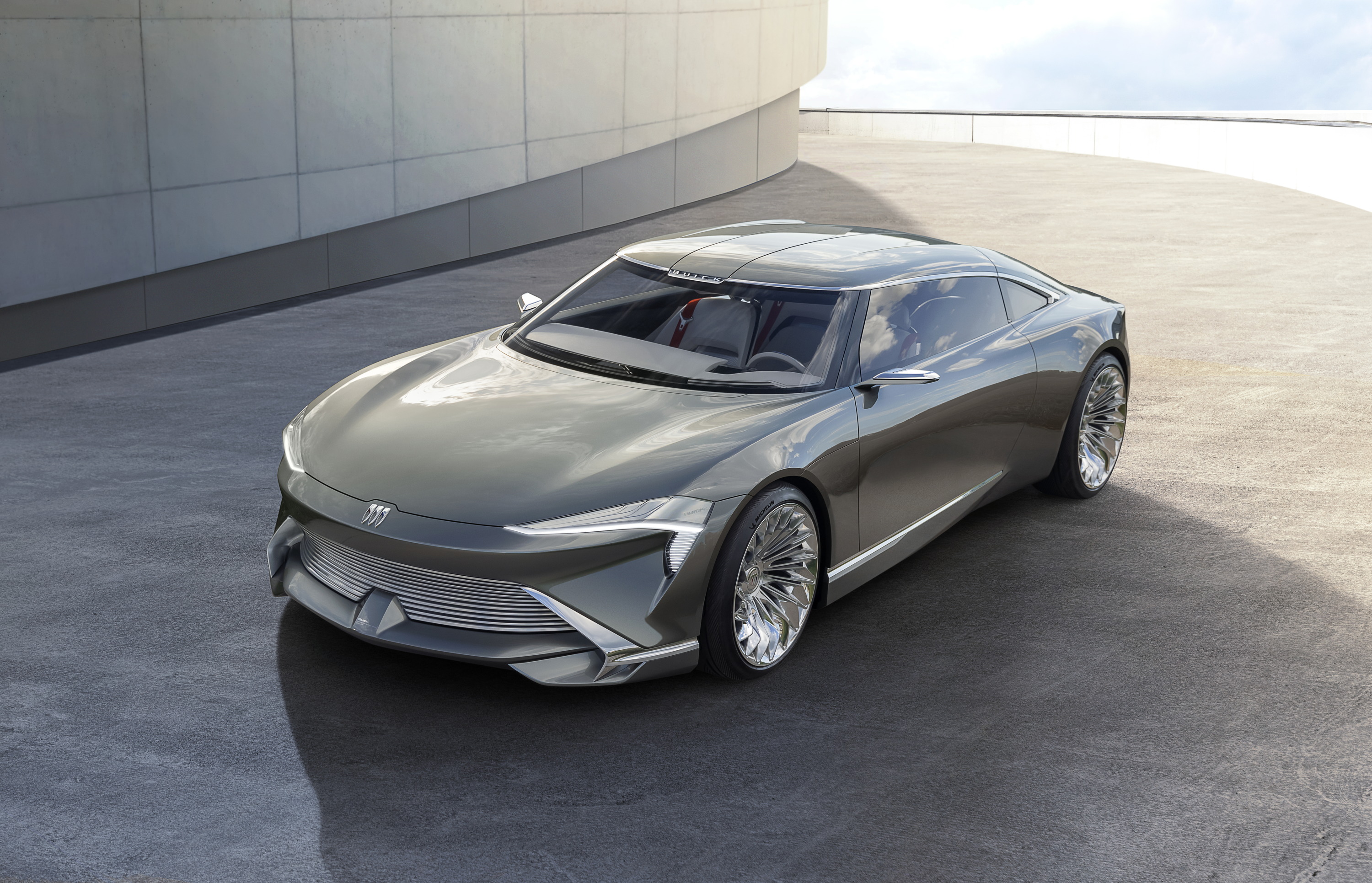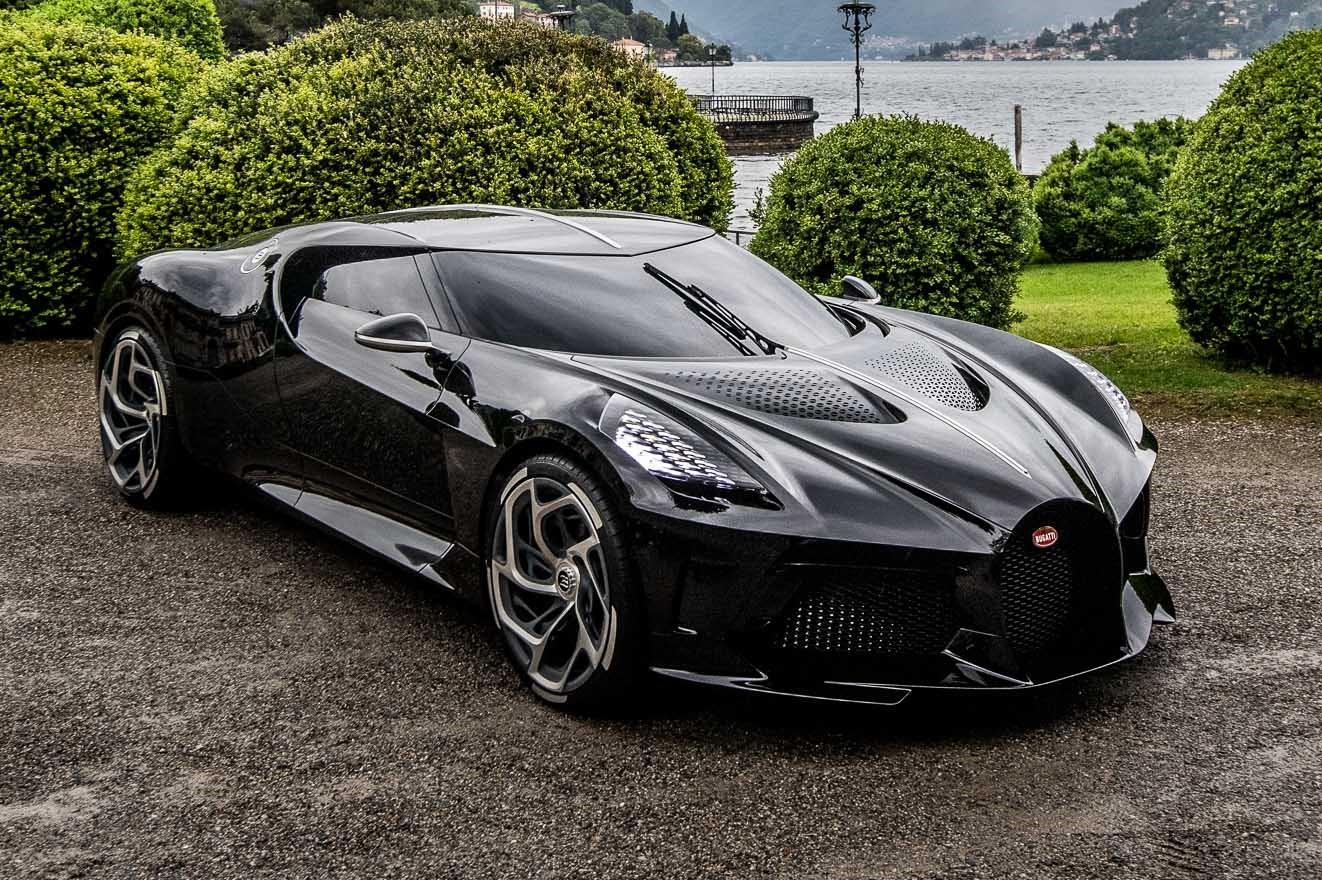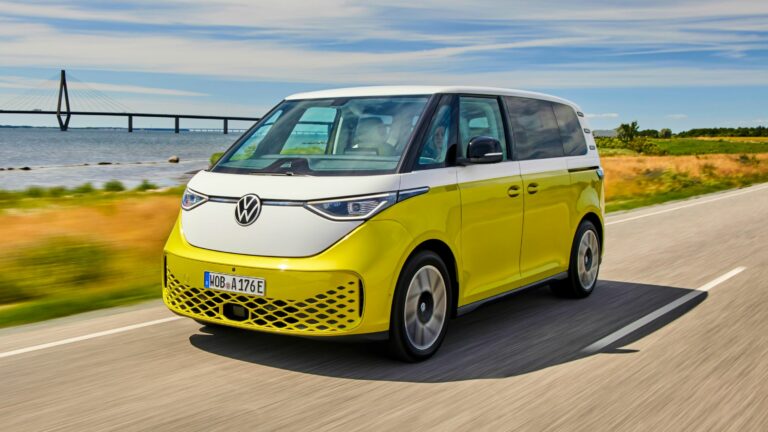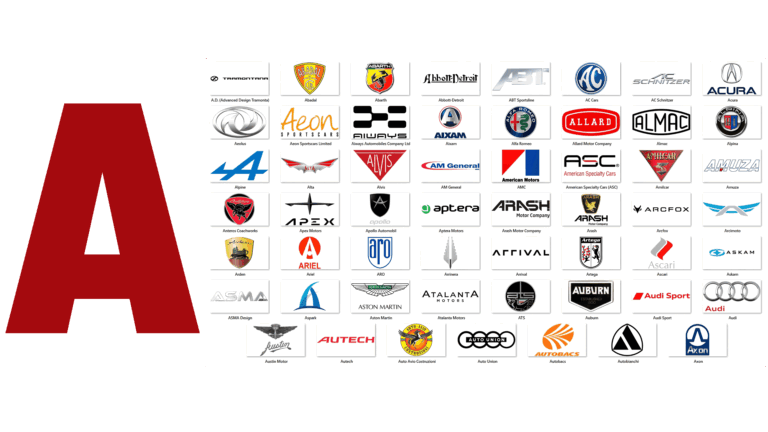Car Cover Brands: A Comprehensive Guide to Protecting Your Investment
Car Cover Brands: A Comprehensive Guide to Protecting Your Investment cars.truckstrend.com
In the vast automotive landscape, where vehicles are not just modes of transport but often significant investments and cherished possessions, protection is paramount. While garages offer the ultimate sanctuary, not everyone has access to one, and even then, cars parked outdoors are constantly exposed to a barrage of environmental threats. This is where car covers step in – silent guardians that shield your vehicle from the elements, dust, scratches, and more. But with a myriad of options available, navigating the world of car cover brands can be daunting. This comprehensive guide will delve into the leading car cover brands, explore key considerations, and provide actionable insights to help you choose the perfect protective shield for your beloved vehicle.
Why Invest in a Quality Car Cover?
Car Cover Brands: A Comprehensive Guide to Protecting Your Investment
A car cover is more than just a piece of fabric; it’s a protective barrier designed to extend the life and preserve the aesthetic appeal of your vehicle. The importance of investing in a quality car cover cannot be overstated, especially given the diverse threats your car faces daily:
- Weather Protection: From scorching UV rays that fade paint and crack dashboards to heavy rain, snow, hail, and frost, a good car cover acts as a robust shield.
- Environmental Contaminants: Bird droppings, tree sap, industrial fallout, and acid rain can cause permanent damage to your car’s finish if not promptly removed. A cover prevents these contaminants from reaching your paintwork.
- Dust and Dirt: Whether parked indoors or out, dust accumulation is inevitable. A cover keeps your car cleaner for longer, reducing the need for frequent washes and minimizing swirl marks from wiping.
- Scratches and Dings: Accidental bumps, children playing, or even curious animals can cause minor scratches. A padded cover provides a layer of defense against such incidents.
- Theft Deterrent: While not foolproof, a covered car is less appealing to opportunistic thieves as it requires more effort and time to access, making them move on to an easier target.
- Preserving Resale Value: By protecting the paint, interior, and overall condition, a car cover helps maintain your vehicle’s appearance and, consequently, its resale value.

Key Factors to Consider When Choosing a Car Cover Brand
Selecting the right car cover involves more than just picking a brand name. It requires a thoughtful evaluation of several critical factors that will dictate the cover’s effectiveness and longevity.
1. Material and Layer Construction
The type of fabric and its layering determine the cover’s protective qualities.

- Single-Layer: Basic dust protection, often breathable. Good for indoor use.
- Multi-Layer (3-7 layers): Offers enhanced protection against water, UV, and minor impacts. Layers often include soft inner lining, breathable middle layers, and a durable outer shell. Materials like polypropylene, polyester, Tyvek, and various blends are common.
2. Fit: Universal, Semi-Custom, or Custom

- Universal Fit: Designed to fit a range of vehicles within a size category (e.g., sedan, SUV). More affordable but may be loose, allowing dust or moisture ingress, and can flap in the wind, potentially scratching paint.
- Semi-Custom Fit: Designed for a specific body style (e.g., sports car, compact SUV). Offers a better fit than universal but isn’t tailored to every curve.
- Custom Fit: Precision-made for a specific make, model, and year, often accommodating mirrors and antennas. Provides the best protection, looks, and minimizes movement, but is the most expensive.
3. Weather Protection Level
Consider your local climate:
- Indoor Use: Focus on dust, light scratches, and breathability.
- Outdoor Use: Requires water resistance/waterproofing, UV protection, and wind resistance. Look for covers with treated fabrics and reinforced seams.
4. Durability and Warranty
A quality cover should withstand regular use and environmental exposure. Check for reinforced grommets, strong seams, and UV-stabilized materials. A longer warranty often indicates manufacturer confidence in their product.
5. Security Features
Look for features like reinforced grommets for cable locks, elasticized hems for a snug fit, and possibly integrated straps to secure the cover in windy conditions.
6. Breathability
Crucial for preventing moisture buildup and mildew under the cover, especially in humid climates. Breathable fabrics allow trapped moisture to evaporate.
7. Softness of Inner Lining
The layer touching your car’s paint should be soft and non-abrasive (e.g., cotton, fleece) to prevent scratches.
8. Budget
Car covers range from under $50 to several hundred dollars. Balance your budget with the level of protection and features you need.
Top Car Cover Brands in the Market
Several brands have established themselves as leaders in the car cover industry, offering a range of products to suit various needs and budgets.
- Covercraft: Widely regarded as a premium brand, Covercraft is renowned for its extensive range of custom-fit covers and diverse material options. They offer fabrics like Weathershield HP, Noah, Evolution, and Technalon, each designed for specific weather conditions and protection levels. Their precision fit and high-quality construction make them a top choice for enthusiasts.
- Coverking: Another major player, Coverking specializes in custom-fit covers using advanced materials. They offer innovative fabrics like Triguard, Stormproof, and Silverguard, focusing on superior UV protection, water resistance, and breathability. Coverking is known for its durable stitching and often includes features like mirror and antenna pockets.
- Budge Covers: A more budget-friendly option, Budge offers a wide array of universal and semi-custom fit covers. While they may not offer the same level of custom tailoring or material variety as Covercraft or Coverking, Budge provides reliable basic to mid-level protection against dust, rain, and UV rays, making them popular for everyday use.
- OxGord: Frequently found on online marketplaces, OxGord offers affordable universal and semi-custom covers, often featuring multi-layer construction. They are a good option for those seeking decent protection without breaking the bank, particularly for indoor or light outdoor use.
- Leader Accessories: Similar to OxGord, Leader Accessories provides cost-effective car covers, often emphasizing multi-layer protection and water resistance. They cater to a broad audience looking for practical, easy-to-use covers for various vehicles.
- WeatherTech: While primarily known for floor liners and other automotive accessories, WeatherTech also offers high-quality car covers. Their covers are engineered for durability and often feature multi-layer construction designed for extreme weather protection, aligning with their brand’s reputation for robust, American-made products.
Types of Car Covers & Their Ideal Use (Material Focus)
Understanding the different types of car covers, primarily categorized by their material composition, is crucial for making an informed decision.
-
Indoor Car Covers:
- Materials: Cotton, flannel, polyester blends, satin.
- Characteristics: Lightweight, breathable, soft inner lining. Primarily designed for dust protection, light scratches, and maintaining a clean vehicle in a garage or storage facility. They don’t offer significant weather protection.
- Ideal Use: Garaged vehicles, show cars, long-term storage indoors.
-
Outdoor Car Covers:
- Materials:
- Polypropylene/Polyester (often multi-layered): Common, durable, good water resistance, and UV protection. Layers provide breathability and softness. Good all-around protection.
- Tyvek: Lightweight, breathable, and water-resistant. Excellent for UV protection and heat reflection.
- Specialty Fabrics (e.g., WeatherShield HP/HD, Stormproof): Advanced synthetic materials engineered for extreme weather conditions. They offer superior water repellency, UV resistance, and often have a high strength-to-weight ratio.
- Neoprene/PVC (less common for full covers): More waterproof but less breathable and can trap moisture. Often used for specific sections or as a coating.
- Characteristics: Water-resistant to waterproof, UV-resistant, often multi-layered for enhanced protection against various elements (rain, snow, sun, hail, bird droppings, tree sap). Designed to withstand harsh outdoor environments.
- Ideal Use: Vehicles parked outdoors regularly, in driveways, carports, or exposed lots.
- Materials:
How to Choose the Right Car Cover (Practical Advice)
- Assess Your Primary Need: Is your car parked indoors or outdoors? What are the prevalent weather conditions in your area (extreme sun, heavy rain, snow, high winds)?
- Measure Your Car: While custom-fit covers require no measurement from you, for universal or semi-custom options, accurately measure your car’s length, width, and height to ensure the best possible fit. A snug fit is crucial to prevent flapping and potential paint damage.
- Prioritize Material: Based on your needs, select a material that offers the right balance of protection, breathability, and durability. Don’t compromise on a soft inner lining for outdoor covers.
- Look for Key Features:
- Grommets: For securing with a cable lock.
- Straps/Buckles: To prevent the cover from blowing off in windy conditions.
- Mirror Pockets: For a more tailored fit and easier installation.
- Antenna Patch: If your car has a fixed antenna.
- Read Reviews: Check reviews from other users, especially those with similar car models. This can provide real-world insights into the cover’s performance and fit.
- Consider Your Budget: While it’s tempting to go for the cheapest option, remember that a quality cover is an investment in protecting your car. Balance cost with the level of protection required.
Maintenance and Care for Your Car Cover
Proper care extends the life of your car cover and ensures it continues to protect your vehicle effectively.
- Installation/Removal: Always install the cover on a clean, dry car. When removing, fold it carefully to avoid dragging the dirty exterior across the clean interior, which could scratch your paint.
- Cleaning: Most car covers can be spot cleaned with a mild soap and water solution. For a thorough wash, follow the manufacturer’s instructions. Many multi-layer covers can be machine washed on a gentle cycle, but avoid harsh detergents, bleach, and fabric softeners. Air dry thoroughly before storing.
- Drying: Never store a wet or damp cover. This can lead to mildew, mold, and unpleasant odors, and can also transfer moisture to your car.
- Storage: When not in use, fold the cover neatly and store it in a breathable bag to protect it from dust and pests.
Car Cover Brands: Estimated Price Range Table
Please Note: Prices are highly variable based on specific vehicle model, material choice, and current promotions. This table provides general estimated ranges for common cover types across various brands.
| Brand (Example) | Cover Type / Primary Use | Material Examples | Key Features / Notes | Estimated Price Range (USD) |
|---|---|---|---|---|
| Covercraft Premium (Custom Fit) | Outdoor, Premium Protection | WeatherShield HP, Evolution, Noah | Best for extreme weather, custom fit, wide range of materials. Multi-layer. | $300 – $600+ |
| Coverking Custom (Custom Fit) | Outdoor, Premium Protection | Stormproof, Triguard, Silverguard | Excellent UV and water protection, custom fit, advanced fabrics. Multi-layer. | $250 – $550+ |
| Budge Rain Barrier (Semi-Custom/Universal) | Outdoor, Mid-Range Protection | Polypropylene, multi-layer | Good value, water-resistant, basic UV protection. | $80 – $200 |
| OxGord Executive (Universal/Semi-Custom) | Outdoor, Mid-Range Protection | Multi-layer breathable fabric | Affordable, decent all-weather protection, often includes straps. | $70 – $180 |
| Leader Accessories Platinum (Universal/Semi-Custom) | Outdoor, Mid-Range Protection | Multi-layer non-woven fabric | Cost-effective, good for basic outdoor elements, often comes with storage bag. | $60 – $170 |
| WeatherTech Car Covers (Semi-Custom/Custom) | Outdoor, High Protection | High-performance woven fabrics | Durable, engineered for robust weather defense, often more heavy-duty. | $200 – $450+ |
| Covercraft Dustop (Custom Fit) | Indoor, Premium Protection | Cotton Flannel, Dustop | Soft, breathable, excellent for dust and scratch prevention indoors. | $180 – $350 |
Frequently Asked Questions (FAQ)
Q1: How do I know what size car cover to get?
A1: For universal or semi-custom covers, you’ll need your car’s length, width, and height. Manufacturers often provide sizing charts based on vehicle type (e.g., sedan, SUV, truck) and length. For the best fit, a custom-fit cover is designed specifically for your car’s make, model, and year, so you just need to provide that information.
Q2: Are custom-fit covers worth the extra cost?
A2: Absolutely. Custom-fit covers provide the best protection because they fit snugly, minimizing flapping in the wind (which can cause scratches) and preventing dust and moisture from getting underneath. They also look much better and are easier to install and remove due to precise cutouts for mirrors and antennas.
Q3: Can a car cover scratch my paint?
A3: A quality car cover with a soft inner lining, when installed on a clean car, is highly unlikely to scratch paint. Scratches usually occur if the car is dirty when covered, if the cover itself is dirty, or if a loose-fitting cover flaps excessively in high winds. Always ensure both the car and the cover are clean before use.
Q4: How do I clean my car cover?
A4: Most car covers can be spot cleaned with a mild soap (like dish soap) and water. For a full wash, check the manufacturer’s instructions. Many can be machine washed on a gentle cycle with a mild detergent, but avoid fabric softeners, bleach, or harsh chemicals. Always air dry completely before storing.
Q5: Should I cover my car when it’s wet?
A5: It’s generally not recommended to cover a wet car, as it can trap moisture underneath, leading to mildew, mold, and potential paint issues. Always allow your car to dry completely before putting on a cover. If the cover itself gets wet, ensure it dries thoroughly before folding and storing.
Q6: What’s the difference between water-resistant and waterproof car covers?
A6: Water-resistant covers repel light rain and moisture, causing water to bead up and roll off. However, in heavy or prolonged downpours, some water may eventually penetrate. Waterproof covers are designed to prevent any water from passing through. While this sounds ideal, truly waterproof covers are often less breathable, which can lead to moisture buildup from condensation under the cover. Many high-quality outdoor covers strike a balance, offering excellent water resistance with sufficient breathability.
Conclusion
Choosing the right car cover brand and product is a crucial step in safeguarding your vehicle’s appearance and longevity. From the precision engineering of custom-fit options from brands like Covercraft and Coverking to the practical affordability of Budge and OxGord, the market offers a solution for every need and budget. By carefully considering factors such as material, fit, weather conditions, and proper maintenance, you can select a car cover that acts as a steadfast protector, ensuring your automotive investment remains pristine for years to come. A quality car cover isn’t just an accessory; it’s a commitment to preserving the beauty and value of your cherished ride.






